jsport
what do you know about surfing Major? you're from-
- Joined
- 27 July 2011
- Messages
- 7,732
- Reaction score
- 5,751
MEI Hellhound (grenade) - Wikipedia
Penetration: 90 mm (3.5 in) mild steel at normal impact with anti-personnel fragmentation
Well, you've got 500m range defensive weapon..... wa la drone designer does this:Protection against a 40mm HEAT grenade is trivial on AFVs lol. SPz Puma is immune at pretty much every angle except maybe the bottom. Mole drones the next phase of warfare? Aerial drones are not a significant issue to demand anything more than a PABM grenade launcher and a typical APS radar with a 100-500 meter range against RPG/ATGW/FPV drone class targets.
The only problem is just that most vehicles lack this and will for the foreseeable future.
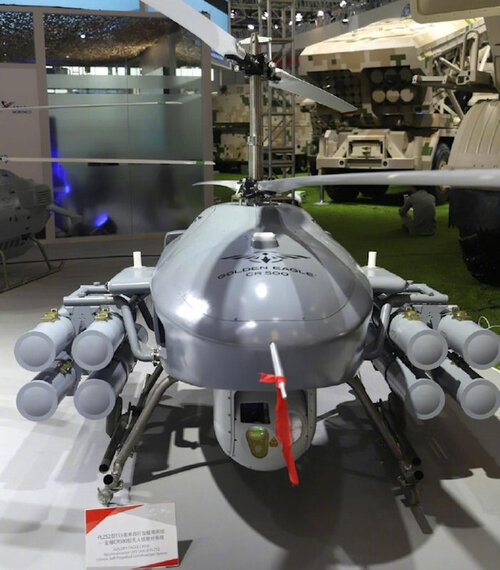
Retrofitting a small 360 radar and FCS to a 30x113mm RWS is trivial. The radars are a $1k part from Ford or whoever. Again, smart cruise control systems, use 4x panels for 360 coverage. FCS is already worked out from either an AA gun or a CIWS, I'm not sure which one to grab off the shelf.Protection against a 40mm HEAT grenade is trivial on AFVs lol. SPz Puma is immune at pretty much every angle except maybe the bottom. Mole drones the next phase of warfare? Aerial drones are not a significant issue to demand anything more than a PABM grenade launcher and a typical APS radar with a 100-500 meter range against RPG/ATGW/FPV drone class targets.
The only problem is just that most vehicles lack this and will for the foreseeable future.
mild steel is not RHA.MEI Hellhound (grenade) - Wikipedia
en.wikipedia.org
Penetration: 90 mm (3.5 in) mild steel at normal impact with anti-personnel fragmentation
What about:Drone developers just put 40mm GL on their drone, and now thanks to newton it out ranges your launcher.
View attachment 710703
If one wants to think about the mid-term arms race of drone/counter drone warfare, the thing to think about isn't specific weapons but relative advantages of different chassis.
For example, I predict traditional vehicle chassis will survive as it transports far more payload for more range than drones. The AA vehicle will always have far more payload for cost compared to drones with regardless of other tech factors. Still, the relationship falls within traditional airpower theory: mobility, initiative and mass remains with the air mobile force.
My previous post don't rate infantry high, as infantry have worst payload for cost for infantry scale combat.
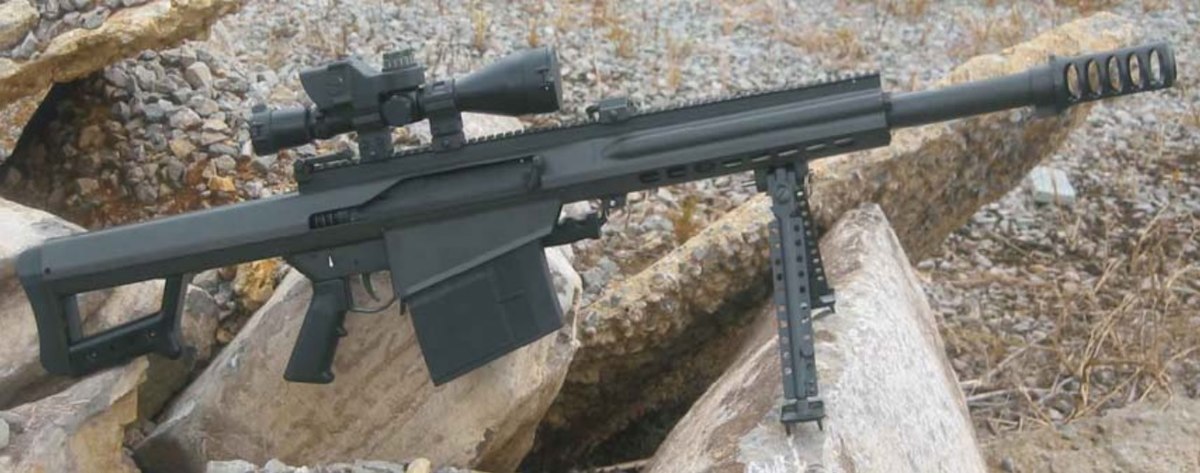
Would be an option if any 25mm airburst rounds were still in production.
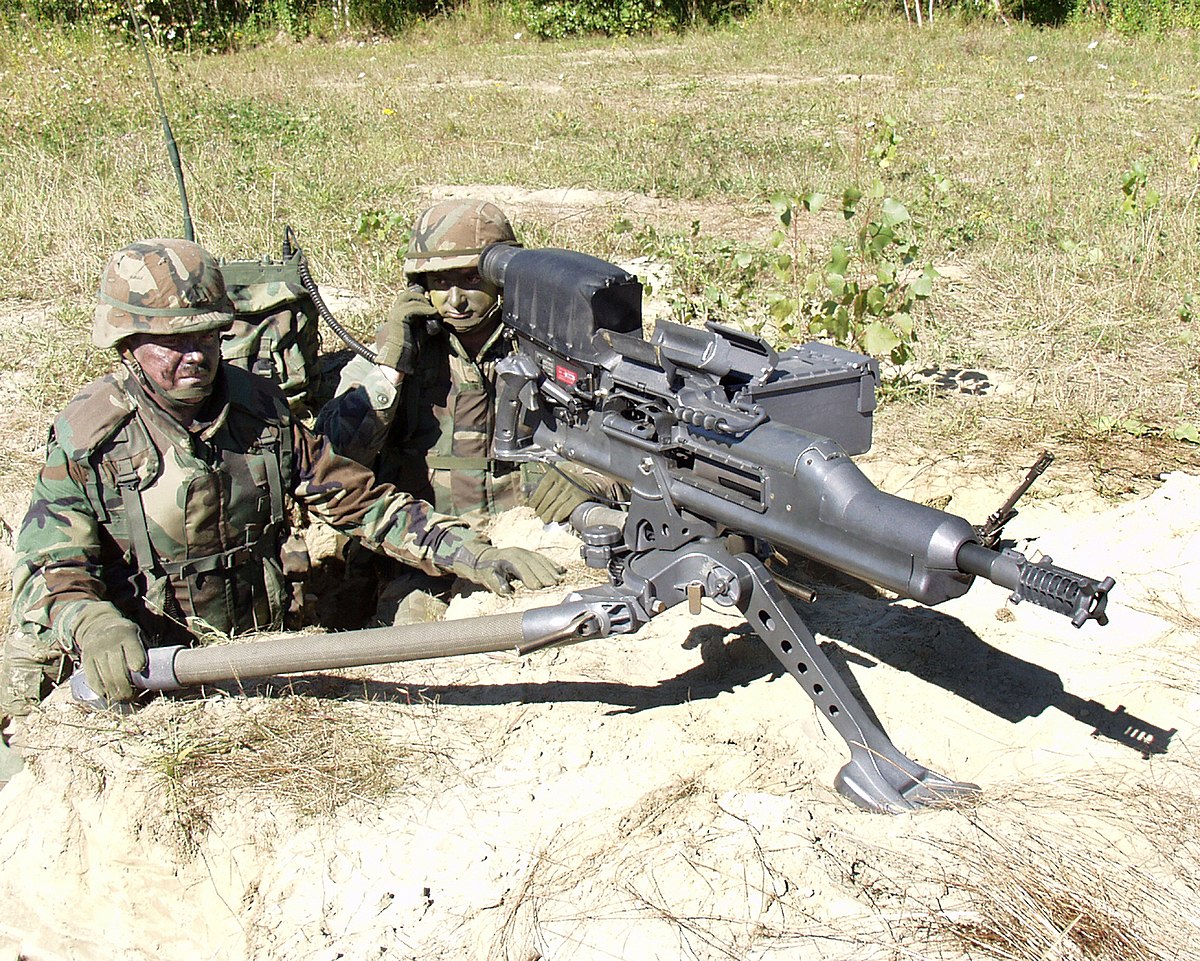
Retrofitting a small 360 radar and FCS to a 30x113mm RWS is trivial.
IMHO research into 40mm warheads has/should not have ever ended so, classified or evolving energetics research will bring any practical vehicle armor under threat from some standoff.mild steel is not RHA.
IMHO research into 40mm warheads has/should not have ever ended so, classified or evolving energetics research will bring any practical vehicle armor under threat from some standoff.
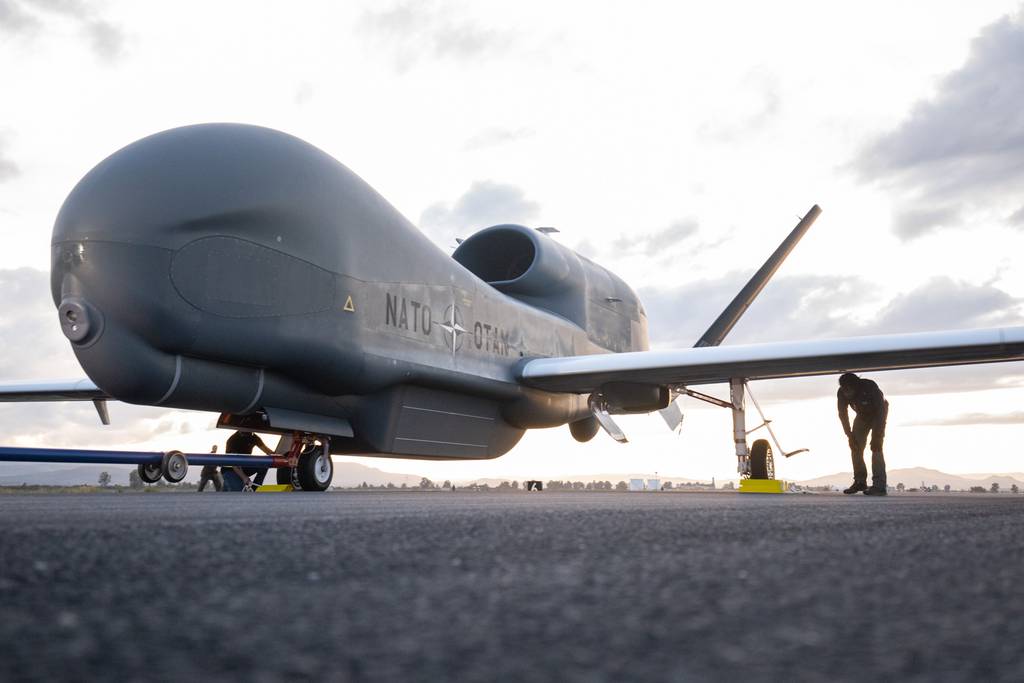
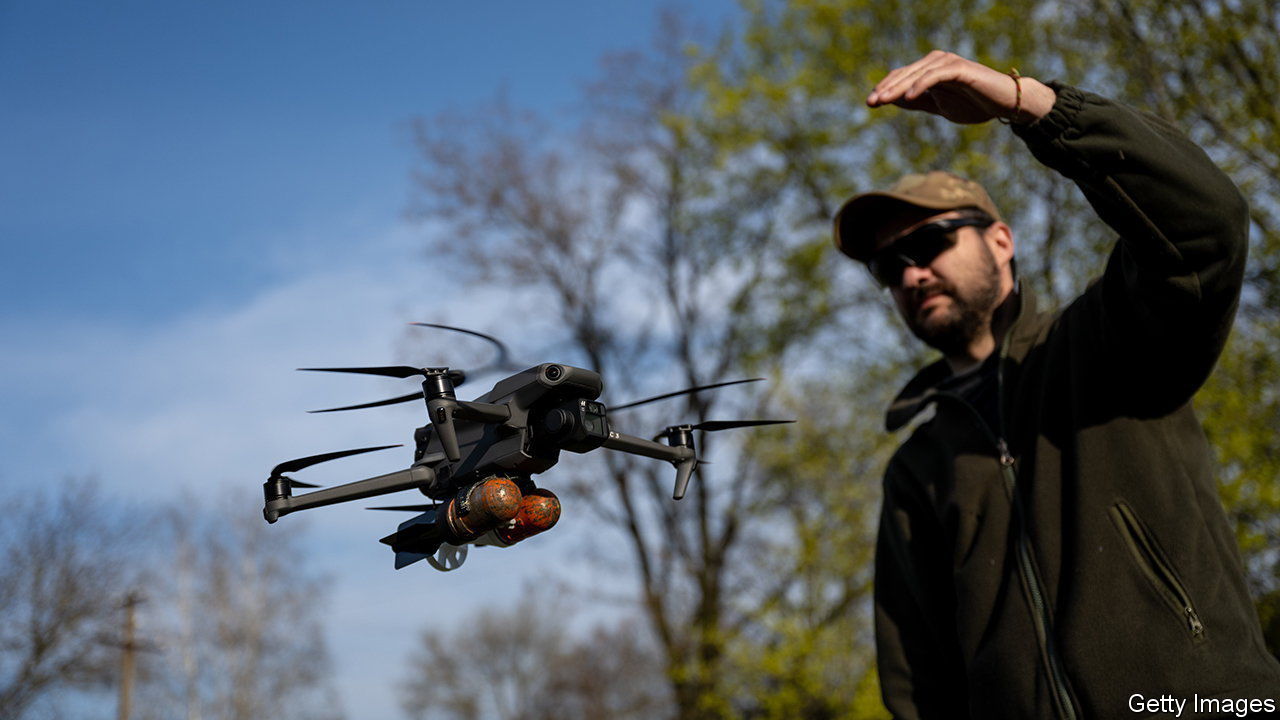
The drone can come from behind your own positions, and masquerade as your own. The cameras are not great. But running at speeds of 150-160kph, it will always outpace you. “If your cover is poor, then you are likely a dead man,” he says. Major has survived a pursuit four times, the last time in mid-October. Two of his closest comrades have been less fortunate. “God, not physics, decides if you survive,” he says....
In a war increasingly dominated by aerial killing-machines, the hunters are rapidly becoming the hunted. The controllers for most drones leave their own electronic trace, and if a pilot isn’t careful, the enemy can home in on them. “Hummer,” a commander in Ukraine’s 47th brigade... says the Russians fire everything they have once they identify a target. They can use their own strike drones, but they also apply high-precision artillery, mines, glide bombs, and even, on occasion, saboteur groups. Major says he has lost 15% of his colleagues over the last few months. Hummer says his figures are lower, but refuses to elaborate.... A lot of people want to become drone pilots because they think the work is further back and safer. The reality is that it’s extremely dangerous to be flying battlefield drones.”
But the small fpv battlefield drones have challenged many accepted rules of war, and doctrine is struggling to adapt. “The future is already with us,” says “Genius”, a deputy battalion commander in the 47th brigade. In mid-October, a Ukrainian pilot set a 22km record for the distance at which he incapacitated a Russian tank, 18km behind the front line. His commander says the Russians have imposed a 10km no-tank zone behind the front, dramatically decreasing the value of such weapons. Hummer says that his own forces have a 58% success rate in hitting targets. But the traffic is not one-way, and the Ukrainians have many losses too. Russian fpv drones have destroyed several Bradley Fighting Vehicles (each worth some $2m) and even a Leopard tank.
Earlier in the summer, some units began to equip higher-value assets like tanks and artillery with jamming boxes, which create high-energy fields around an object so that signals from around it simply stop working. Attacking such equipment, without video feedback, is a difficult if not impossible task. Ukrainian units by and large don’t yet have the same technology. “fpv drones have completely changed the tactics of armoured infantry battle and we have to adapt better,” says Yuriy Momot, the deputy general director of a company developing technology jamming countermeasures for Ukraine. “Before, only brigades thought about electronic warfare. Now company-level units need equipment that can detect and defend themselves against fpv drones.”
Cost of retrofitting was prohibitive till about 5 years ago, when adaptive cruise control became standard, if not legally required. When every car needs 2x or 4x MMWradar or lidar boxes, the cost per antenna array goes way down.Everyone has sort of known this was going to be a threat, literally for decades, people are just lazy and will defer change until it bites them.
Cost of retrofitting was prohibitive till about 5 years ago, when adaptive cruise control became standard, if not legally required. When every car needs 2x or 4x MMWradar or lidar boxes, the cost per antenna array goes way down.
The solution to aircraft carriers is more AA guns and more battleships, than we can fight jutland 2 after making airplane useless! It is clear that airplanes have awful throw weight compared to 18" artillery, obviously you can just defend against them right? Just shell the enemy ports with your battlefleet and win the war!
I mean, why didn't this reality happen?
Israel also only had like 250 Merkavas to refit, the US has something like 2000 active Abrams to fit. Plus Bradleys (~3000), Strykers (~1500?) etc.Yet, somehow, a much poorer country (Israel) could afford to refit its tank fleet with a large proportion of APS systems, even if they didn't account for top attack weapons like Javelin or FPV drones. The cost is only prohibitive until America gets involved in a Cast Lead-style operation that loses a lot of tanks to close range LAWs. Bad press, Congressional hearings, and caskets are the three primary motivators for the bulk of military change.
The problem is that doing so drives the cost per tank from ~$2mil to $12mil or more. And then Congress freaks out.Tanks are having a moment only because their primary air defense system is a .30 caliber machine gun. When it becomes a radar, datalink offboard, or infrared guided airburst GMG or blast-frag rockets, tanks will regain the 500 meter or so airspace around them.
Israel also only had like 250 Merkavas to refit, the US has something like 2000 active Abrams to fit. Plus Bradleys (~3000), Strykers (~1500?) etc.

The problem is that doing so drives the cost per tank from ~$2mil to $12mil or more. And then Congress freaks out.
My local Guard unit has M1A2s, not sure about which SEP.America only has ~800 M1A2SEP tanks in the Active Army. The remaining 900 or so M1A1s are in the National Guard and probably won't get anything, because it's the National Guard. There's a similar number of M2s there too.
I'm hoping it won't come to that, but you're probably right.The rock and a hard place DOD finds itself between is that you need a lot of tanks, and tanks are going to be silly expensive, so you're either gonna have a lot of caskets or a lot of dollars burned. Until the U.S. Army fights another Kasserine Pass or Pusan Perimeter there won't be much change though.
No? The public is very casualty sensitive - both from soldiers and civilians, and will likely push back a lot against any military involvement.Well as long as the U.S. Army doesn't lose future wars, it won't need to, because that would imply the U.S. Army is doing everything right.
No? The public is very casualty sensitive - both from soldiers and civilians, and will likely push back a lot against any military involvement.
Well even in Afghanistan, which to my understanding had extremely low casualty rates the public was still broadly against it, at least that was the opinion I got from whenever I talked to somebody about it. Additionally, I was also talking about civilian casualties. Both the left and right can score easy points by saying the military is "woke" or "ruthless" or "murderers" or "soft" depending on their base. It seems that the publics' base opinion is that the military is doing something wrong, and it takes Ukraine or a similar event to get most of it to support it.America's alleged casualty aversion is largely mythical. Its leaders just choose to fight meaningless wars instead of important ones, or its opponents are so vastly overwhelmed economically and militarily they can inflict little to no harm to it, depending on if you want to talk about Afghanistan/Vietnam or Bosnia/Desert Storm.
Well not necessarily, as I would say that the Americans also have quite a strong revenge drive politically - when somebody takes American citizens hostage, prisoner or what have you abroad it usually gets a big response.
But if that turns out to not be the case, then the solution to defeating America is pretty simple: sink an aircraft carrier or a couple LHAs and it will just go home. This is perhaps trivial for even relatively inefficient navies like the PLAN, but I somehow doubt that is the case anyway. The Imperial Japanese Navy certainly thought this!
True, but the military dose seem to be trying to avoid this by overkill the prime example being NGADThere's a certain inevitability to fighting wars you're not prepared for, and eventually America will fight one again, as it did in Korea and WW2.
You do have a point. I have not been following the events in Israel and Gaza as I find it to depressing. With Ukraine at least there is a democracy I can support, with the Israel situation I can't sort out the ethics.Mismatches in expectations versus reality means casualties in war. Drones are not really unexpected, but maybe saboteurs using tunnels and magnetic mines were, and the countermeasures for both are lacking due to the actual expectation that both were far in the future. I'm pretty sure of the Hamas stuff coming out of Gaza is straight out of early 90's techno-thrillers. To that, well, there are decades where nothing happens, and there are weeks where decades happen has never been more true.
You can win with pretty much anything if you spend enough resources on it. I am sure you can win wars with swords even today, you just need a billion under arms and run the other side of ammo and infiltrate all undefended locations.Drones will continue to be a lethal threat until people have absorbed the lessons that you need more tanks, and those tanks need to be more sophisticated... On the other hand, they're not some entirely new weapon form that is going to obsolete older weapons like shin_getter seems to think, either.
The existence of FOGM in service in the mid 1980s and the complete lack of countermeasures by armor forces by 2020s suggests to me that most military organizations do not seriously attempt to correctly evaluate reality.Mismatches in expectations versus reality means casualties in war. Drones are not really unexpected
Your arguments are slightly sillier than the people who tried to proclaim the death of armor because of shaped charges, the people who claimed the death of surface navies because of atom bombs, and the people who claimed the death of tanks because they ran into some Malyutkas in a desert.
Surface navies not very relevant in nuclear wars, yes. Tanks can always be relevant if you fight opponents without anti-tank weapons. Any asset can be made to be useful if the opponent does not own or use the counter.The more immediate solution is to simply have enough tanks and stockpiled firepower to eat your opposition's army in the trenches.
Well even in Afghanistan, which to my understanding had extremely low casualty rates the public was still broadly against it,
Additionally, I was also talking about civilian casualties.
Both the left and right can score easy points by saying the military is "woke" or "ruthless" or "murderers" or "soft" depending on their base.
It seems that the publics' base opinion is that the military is doing something wrong, and it takes Ukraine or a similar event to get most of it to support it.
Well not necessarily, as I would say that the Americans also have quite a strong revenge drive politically - when somebody takes American citizens hostage, prisoner or what have you abroad it usually gets a big response.
True, but the military dose seem to be trying to avoid this by overkill the prime example being NGAD
You can win with pretty much anything if you spend enough resources on it. I am sure you can win wars with swords even today, you just need a billion under arms and run the other side of ammo and infiltrate all undefended locations.
The point of technology is achieving goals at low cost.
Think about this,
why do you need to spend money to have more and better tanks to win, when the opponent doesn't?
If tanks is necessary, the opponent will lose if they don't invest in tanks. Why is it that only your side need tanks, and not the other side?
The existence of FOGM in service in the mid 1980s and the complete lack of countermeasures by armor forces by 2020s suggests to me that most military organizations do not seriously attempt to correctly evaluate reality.
Cavalry against machineguns and tanks is what we should expect to happen again, given that governmental organizations have not resulted in superior performance in all other domains of operations.
Force structures with long lead times is very suspect if their countermeasures is evolving at a far faster pace.
Surface navies not very relevant in nuclear wars, yes.
Tanks can always be relevant if you fight opponents without anti-tank weapons. Any asset can be made to be useful if the opponent does not own or use the counter.
Tanks as understood in the 1980s is dead against peers. We can watch Russians try to beat trenches with tanks and how much success that has been. The tanks of 1960 - 2020 backed by "nation bankrupting" production numbers could not overcome 1980s defenses.
Tanks have to be "rescued" by currently non-existent technology.
If you are a upcoming country building an army in 1990,
there is a good case of not getting any tanks whatsoever. The tanks available are defenseless against ATGM and thus not an advantage over lighter armored vehicles and would be so for another 3 decades. Tank forces are zombies and we don't know if they can be revived again.
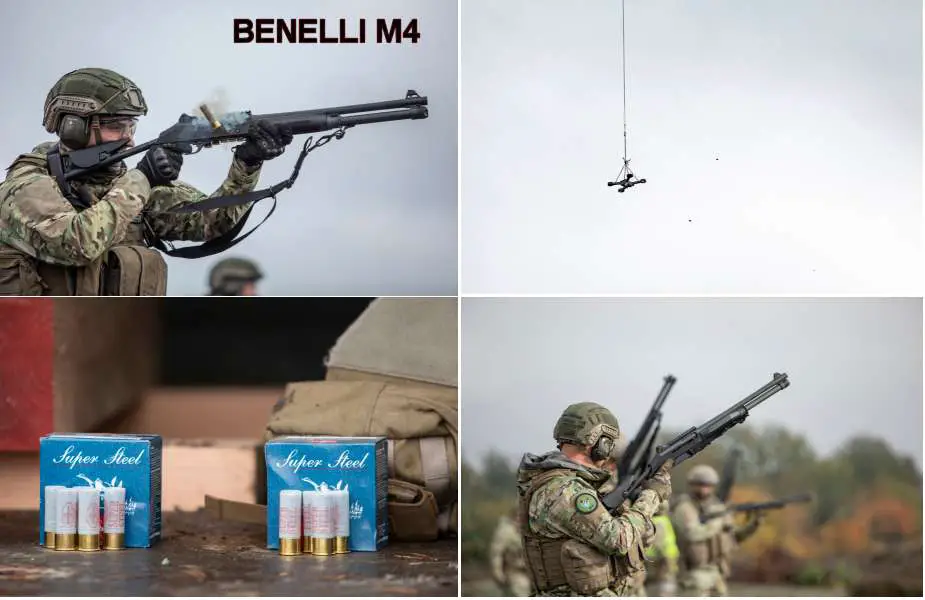
"Pull!"
Belgian Air Force adopts Italian Benelli M4 shotgun as counter-UAS sol
The Kleine-Brogel Air Base in Belgium has made a significant advancement in air security by introducing the Benelli M4 Super 90, a shotgun specifically adawww.armyrecognition.com
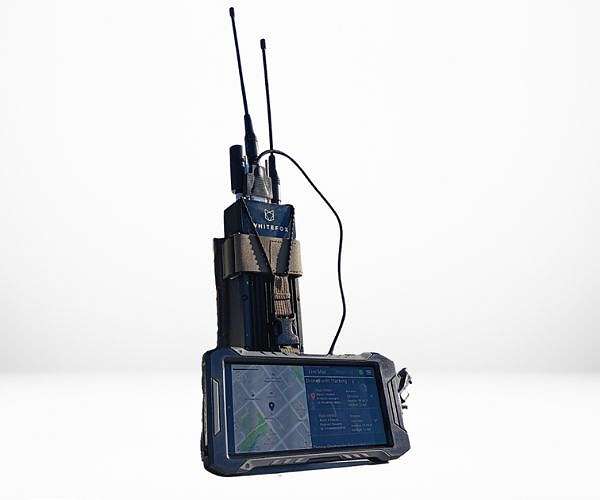
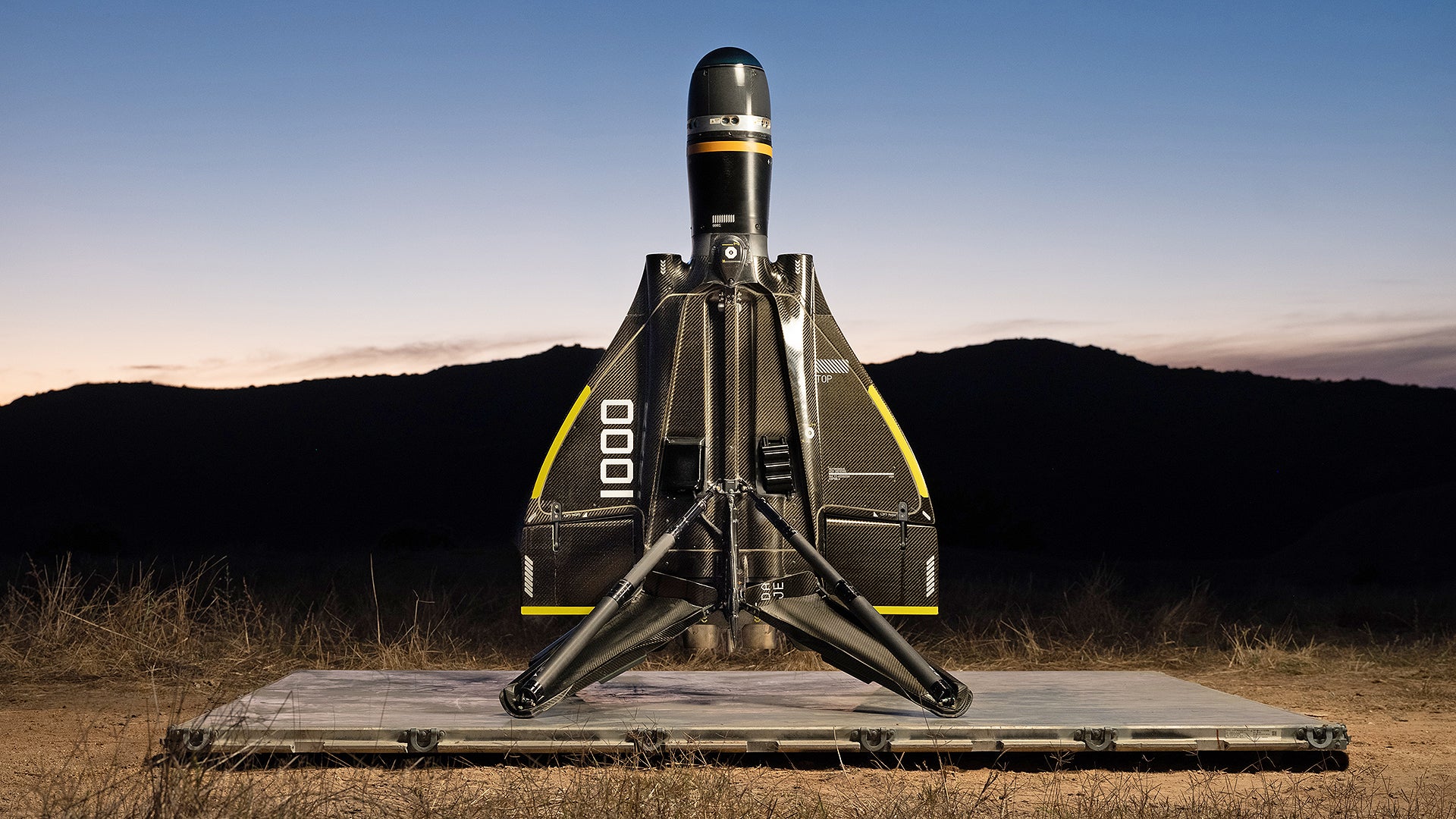
"Pull!"
Something with a bit more range might be nice....
Belgian Air Force adopts Italian Benelli M4 shotgun as counter-UAS sol
The Kleine-Brogel Air Base in Belgium has made a significant advancement in air security by introducing the Benelli M4 Super 90, a shotgun specifically adawww.armyrecognition.com
If you can design a weapon of given performance, you should assume that your enemies can, too. Russian equivalent will probably be a bit heavier, but so what?How many American enemies had FOGM? None. You design defenses to defeat enemy weapons, not your own, after all.
Oh, for sure. But it's hard to make a cheap and longer ranged system. Okay, yes, Federal flight control wads that don't pull off the shot columns till about 25m exist and let you shoot ducks at 50-75m, but if you want 100m+ range you need something a lot fancier. like a Programmable Prefragmented Projectile, a mini AHEAD round.Something with a bit more range might be nice....
Although that thinking can end up with a multi-billion dollar development program and a $5,000,000 missile too complicated for 90% of soldiers to use.
This is the reverse of "the enemy has something so we should have it as well".you should assume that your enemies can
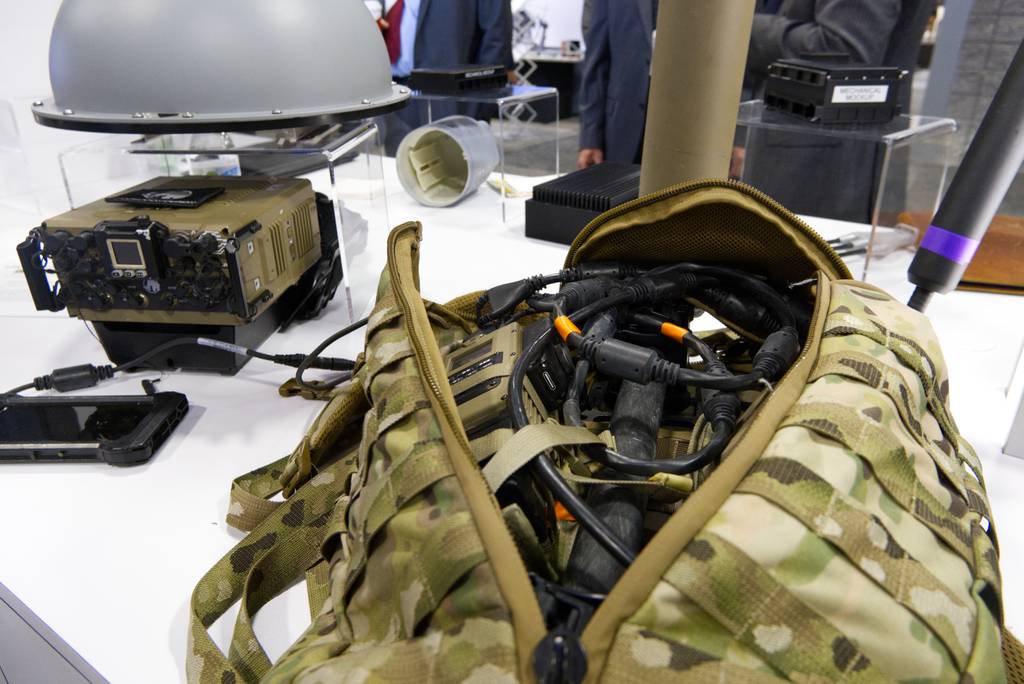
Knowing that something is physically possible means that you should at least have plans in place for how to face it.This is the reverse of "the enemy has something so we should have it as well".
I think that both NLOS APS and the ADA vehicle per platoon are going to be necessary in the future. That's just flat the cost of playing anymore.The only NLOS ATGMs fielded by any American adversary are the HJ-10 and HJ-16. LMUR could also count but it's twice as heavy as Hellfire and is more in the class of Maverick, and is only deployed from helicopters to date AFAIK.
Currently HJ-10s are battalion assets if my memory on Battle Order is right, and organised into batteries of 6. So that's 48 Hellfire-class missiles ready to fire at any given moment at a killbox. No tank would survive such an assault. HJ-16 is TOW-like in implementation, so imagine every ATGM post and IFV gets one. The new PLAGF 8x8 probably gets 4 of that, idk.
Fielding counter-NLOS APS on every MBTs would be a money sink, for one. It's not worth it, comparing to, let's say, giving every platoon HQ an organic ADA squad with MADIS-equipped vehicles that could defend from drones, artillery, and traditional air threats with both hard-kill ( 30mm prox, Stinger/Coyote) and soft-kill (HPM jammers). Or, new sensors allowing immediate post-launch target track and kill linked to AFATDS enabling M777s to rapidly execute CBAT missions on these launchers.
Defend from NLOS via smokes, top cover, manpack jammers, or just plain running away?Knowing that something is physically possible means that you should at least have plans in place for how to face it.
The problem is that it's too expensive. Trophy is decade-old by now and the US Army is still struggling to field them on SEPv3s slated for upgrade.I think that both NLOS APS and the ADA vehicle per platoon are going to be necessary in the future
